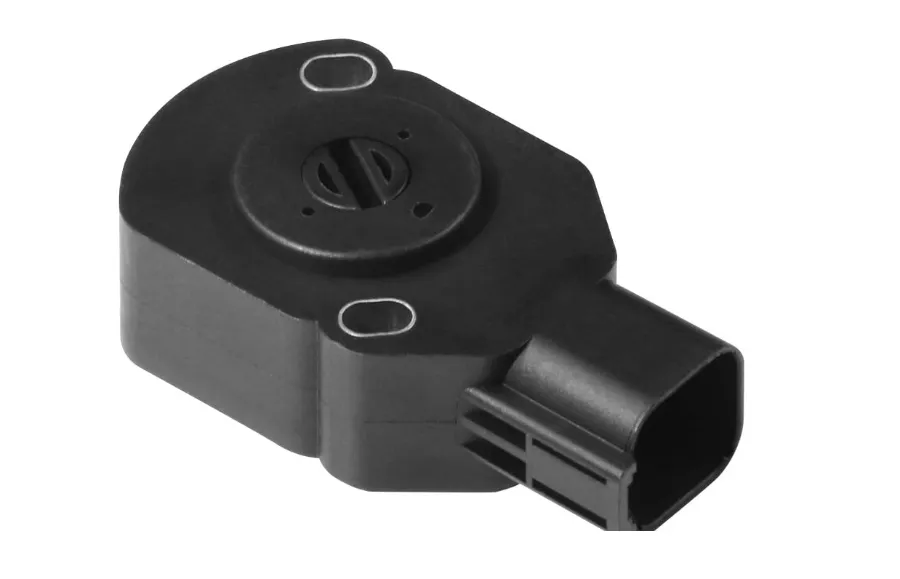As the name suggests, the throttle position sensor on a vehicle measures how far down the gas pedal is depressed. This is a new technology that has come with automotive computerization and has become a necessary part of the engine.
The Throttle position sensor, TPS for short, can be found on the butterfly spindle/shaft on the 6.7 Cummins. This is ideal so it can directly monitor the throttle position. This information is then relayed to the Electronic Control Module, ECM so that it can determine the amount of fuel and air that enters the engine. All in all, it ensures the smooth running of the engine.
This article highlights the location of the throttle position sensor in a 6.7L Dodge Cummins as well as answers some questions related to a faulty throttle position sensor.
What is the Throttle Position Sensor?
The Throttle Position Sensor is a vital component installed in vehicles to monitor the extent to which the throttle valve is open—often determined by how far down the accelerator pedal has been pressed.
This information is then relayed to the ECU as it is a major determinant of the amount of air and fuel entering the engine. In turn, this guarantees the smooth running of the engine.
If the TPS is faulty at any point, then your car’s throttle body will be affected—it could either stay shut or not close properly. This presents a very serious issue. If the valves remain shut, then no air will go to the engine and hence it will not start. Not closing properly is the worst-case scenario as this always translates to uncontrolled speed and unwanted acceleration.
6.7 Cummins Throttle Position Sensor Location
The TPS undoubtedly plays an important role in a vehicle. It is usually located on the butterfly spindle/shaft. This position is to allow it to perform its function of directly monitoring the throttle position. The TPS then relays information on the position of your throttle to the Electronic control module.
How to Tell if You Have a Faulty Throttle Position Sensor
The TPS is made of mechanical parts that are susceptible to wearing out and may require replacement. If it is malfunctioning, this information will be transmitted to the computer in your car.
You can also tell by the poor fuel economy. It is important to know the telltale signs of a defective throttle position sensor so you can address the issue in good time.
The common symptoms of a faulty throttle position sensor include an unexplainable bucking and jerking in the vehicle, sudden engine stalling with no reason, sudden idle surges, sudden surges in speed while driving, and hesitation while accelerating.
Moreover, you can also suspect a faulty throttle position sensor if you experience difficulty in changing gears and a drastic drop in the fuel economy. Sometimes, the check engine light may flash intermittently and for no reason.
How to Test a Throttle Position Sensor?
Once you experience any of the symptoms outlined above, it is time to test the throttle position sensor is important once you start experiencing any of the symptoms outlined above. You can do so with the help of a standard ohm meter for the switch and combination type of the TPS and a voltmeter to test the TPS that uses a potentiometer.
Keep the accelerator pedal in various positions and check for their respective resistances. Record the values and compare them against the acceptable values in quality car repair manuals.
FAQs
Conclusion
Many assume that it is a given when you press the gas pedal, the car will accelerate. This is true until it doesn’t.
There are several factors or issues that can prevent acceleration and prevent the smooth running of the engine, and that includes a faulty throttle position sensor. Knowing its location will help you diagnose it and test it in case of any malfunctions.

